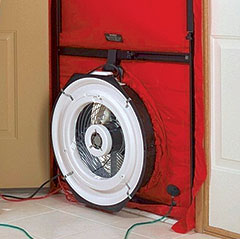
9 Steps to A Greener Code
Recent spikes in energy costs have increased the attention on regulatory measures that limit energy waste. Those same energy price increases have also gained the attention of President Obama, who made energy efficiency central to his stimulus package, specifying the need to improve energy efficiency in 2 million homes.
STEP 1: AIR SEALING (Section N1102.4.2)
The code: Building envelope tightness shall be less than or equal to 7 ACH (air changes per hour) when tested at a pressure of 50 Pascals. Testing shall occur any time after rough in and after installation of penetrations of the building envelope, including penetrations for utilities, plumbing, electrical, ventilation, and combustion appliances.
What it means to you
A blower-door test, which measures the airtightness of buildings, will be required for all newly constructed homes, or other significant criteria must be demonstrated.
This requirement does not specify who must observe the test—local inspector or third-party evaluator. So it is likely that a variety of testing conditions will arise across jurisdictional boundaries. You may need to hire an independent third-party testing agency for a test and report that would satisfy the energy inspection. The implication is that leaks that are found must be sealed.
Proving that the house is tight may have associated costs (third party verification or the purchase of testing equipment), most of that will be in attention to detail during construction and sealing the leaks as you build.
For more information on blower-door testing, see “Blower Door Basics.”
Related Provisions
-
N1102.4.3 New wood-burning fireplaces must have gasketed doors and outdoor combustion air.
-
N1103.2.2 Ducts, air handlers, filter boxes, and building cavities used as ducts shall be sealed. Duct tightness shall be verified through testing during rough-in or post construction.
- N1102.4.1 Attic access openings and rim joists must be air sealed.
The 2009 building codes reflect practices that not only increase energy efficiency—air-sealing measures and increased insulation, for example—but also address sustainable building practices, such as moisture control.
Other segments of this series:
Part 4: Programmable Thermostats
Part 7: Insulating Mechanical Pipes
Part 8: Exceeding the Energy Code
Weekly Newsletter
Get building science and energy efficiency advice, plus special offers, in your inbox.




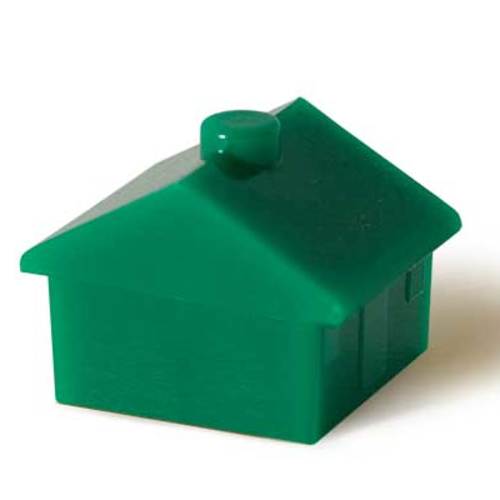
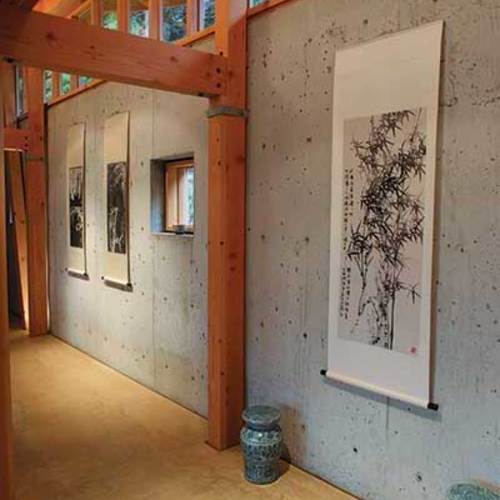
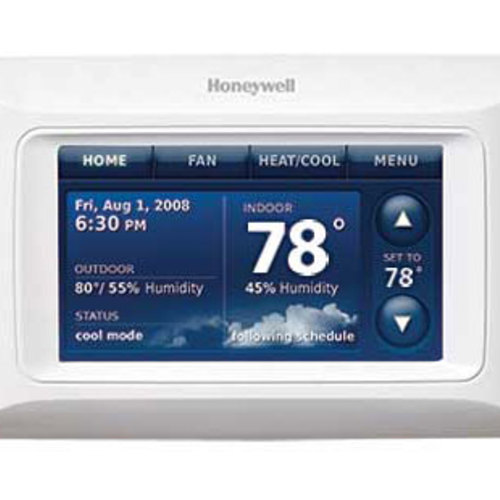
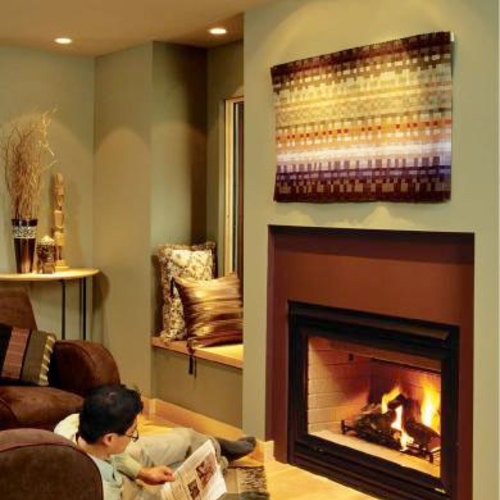






10 Comments
It's still a low bar
To put the code mandated air tightness standard of 7 AC/H @ 50 Pa in perspective: A 2002 study of 24 new Wisconsin homes showed a median air leakage of 2.9 AC/H @ 50 Pa. So the new requirement is more than twice as leaky as those 2002 test results.
The Passivhaus standard calls for 0.6 AC/H @ 50 Pa — admittedly, a tough standard to achieve.
It's a tradeoff
A tighter (less infiltration and leakage) home will allow the HVAC equipment to run more efficiently, but some* leakage is still healthy. Keep in mind that in a lot of instances, gas furnaces, water heaters, and stoves need a certain amount of ACH to avoid health impacts.
Sorry, Josh
Josh, I disagree that "some leakage is still healthy." Random air leaks are not the best way to provide fresh air for occupants.
The goal is to make the envelope as airtight as you can possibly make it. It's foolish to make the envelope deliberately leaky. Of course, all new homes should be equipped with a well-designed mechanical ventilation system that provides ventilation at a known rate.
If you plan to use an atmospherically vented furnace or water heater, it's important to design an adequate source of combustion makeup air. Even better: choose only sealed combustion appliances.
Sorry Josh, I agree with
Sorry Josh, I agree with Martin on this one. I too had that misconception but it is better to control the source for ventilation instead of relying on the random leak to satisfy ACH.
Martin is correct. The
Martin is correct. The building envelope should be designed as best possible to be air tight. It is just a matter of incorporating better mechanical systems into the building design. This is not that new. Sealed combustion for all appliances is the best way to go, however bath fans and kitchen exhaust will still require some air source. In addition, make up air units also help to control moisture issues as well.
The tightest sealing....
I agree too. The tightest envelope has better mechanical control, but I would always hope that when the weather fits, let's allow the windows to be opened!
Does your building suck, leak and blow?
Mechanical ventilation! Uncontrolled air movement in wall cavities is no good. Flash condensation, convection, dirty air infiltration from basement and attic spaces. My electrician was in an attic working wearing a respirator and it clogged up in 5 mins. due to the amount of dirt and dust in the attic space. He has had a nasty sinus infection since. Pest intrusion is abundant as they are looking for the pathways to the inside. Yes open windows, let fresh air in, use air purification that works, multiple strategies need to be implemented. http://www.go-greenbuild.com We test, use IR to detect leaks and air seal.Maggie Michel LEED AP and BPI certified
Make up air for bathroom and kitchen fans
RE Robert Hetzel
The make up air for bathroom and kitchen fans can be drawn through a ERV / HRV just as long as there is not an automatic damper on it. This won't exchange heat since air won't pass in both directions when unit is off, but an ERV / HRV does provide two about 6" round holes to the exterior through which makeup air can be drawn.
Visual Inspection Option for air sealing
I wonder how many builders will opt not to have a blower door test done and use the Visual Inspection Option (N1102.4.2.2). This isn't a sea change for builders in jurisdictions that have been following the IRC 2006. In the '06 code there's a list of all the leaks that must be sealed (N1102.4.1) that is repeated in the '09 code. The only addition I can see with the '09 code is the inspection checklist that covers some specific sealing points.
Don't assume...
I think this is a good requirement. An energy audit should be performed on all homes, even the newly built ones. One shouldn't assume that since a home is new, that it's energy efficient.
Shelly
Energy Efficient Mortgages
Log in or create an account to post a comment.
Sign up Log in